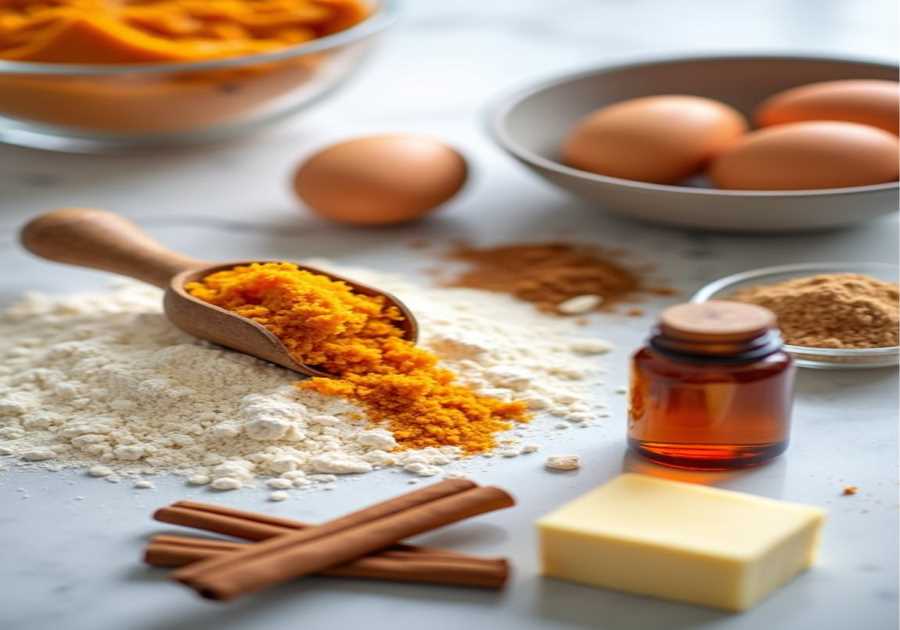Many specialty coffee roasters choose to develop different roast profiles for both espresso and filter. This is largely because espresso is a much more concentrated beverage than filter coffee, and needs to be extracted within a significantly shorter time frame.
In line with this, there are many factors that roasters need to consider to best highlight a coffee’s flavours and aromas when extracted as espresso. Roasters ultimately need to account for these factors when sourcing their coffees, but the roasting process itself plays a huge role in influencing flavours and aromas.
To learn more about how to roast for espresso, I spoke to Kaapo Paavolainen, founder of One Day Coffee Co., and Ghilyon Welby-Watson, head roaster at Tate Coffee Roastery. Read on to find out what they had to say.
You may also like our article on roasting specialty coffee blends.
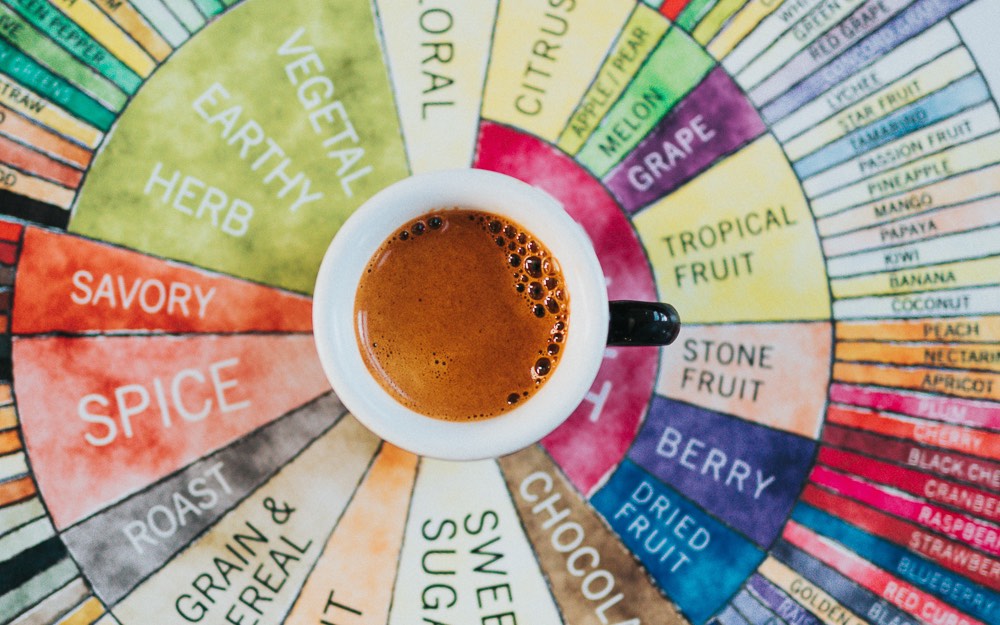
Why do certain coffees work better as espresso?
Although the roasting process itself has a major impact on how espresso extracts, choosing which coffee to use is a crucial first step. Some considerations include:
- Origin
- Altitude
- Variety
- Processing method
Kaapo (who is also the 2021 Finnish Barista Champion) emphasises the importance of having a certain flavour profile in mind before sourcing green coffee to roast for espresso.
“It’s about the potency of flavour,” he says. “It needs to be strong enough for people to appreciate it on its own, but it also needs to cut through milk.
“The same coffee with different roast profiles will result in different flavours,” he adds.
He uses a washed Panama Gesha as an example.
“As filter coffee, Gesha has more floral notes, as well as flavours like jasmine, peach, apricot, bergamot, orange blossom, and citrus fruits,” he explains. “However, when prepared as espresso, it’s more challenging to balance all of the citrus qualities.
“In turn, these flavours can’t be expressed in the best way possible,” Kaapo adds. “Even if you play around with the roast profile, you would have to roast it too dark or develop it for too long, so you would destroy most of the delicate tasting notes.”
Keeping consumer preferences in mind
Ultimately, it’s the roaster’s responsibility to make sure roast profiles allow a coffee’s inherent characteristics and qualities to shine through. However, at the same time, consumer taste preferences also inform a roaster’s decision to choose a particular coffee for espresso.
“We personally source coffee based on what we think appeals to the wider market, how the coffee will translate as espresso, and of course, quality and flavour,” Ghilyon says. “For us, we serve our coffees at all of Tate’s locations in London, which cater to a vast and diverse audience whether they drink specialty coffee or not, so why not source coffees that are both high-quality and all-round crowd pleasers?”
There are many different approaches that roasters can take to source their coffees. While some may need to appeal to a wider range of consumers, other coffees may be better suited to people who are looking for more unique and interesting sensory profiles, such as experimentally processed coffees.
“There is certainly a market for these coffees in the appropriate setting,” Ghilyon says. “We tend to focus less on variety, and more on flavour profile, origin, and processing method.”
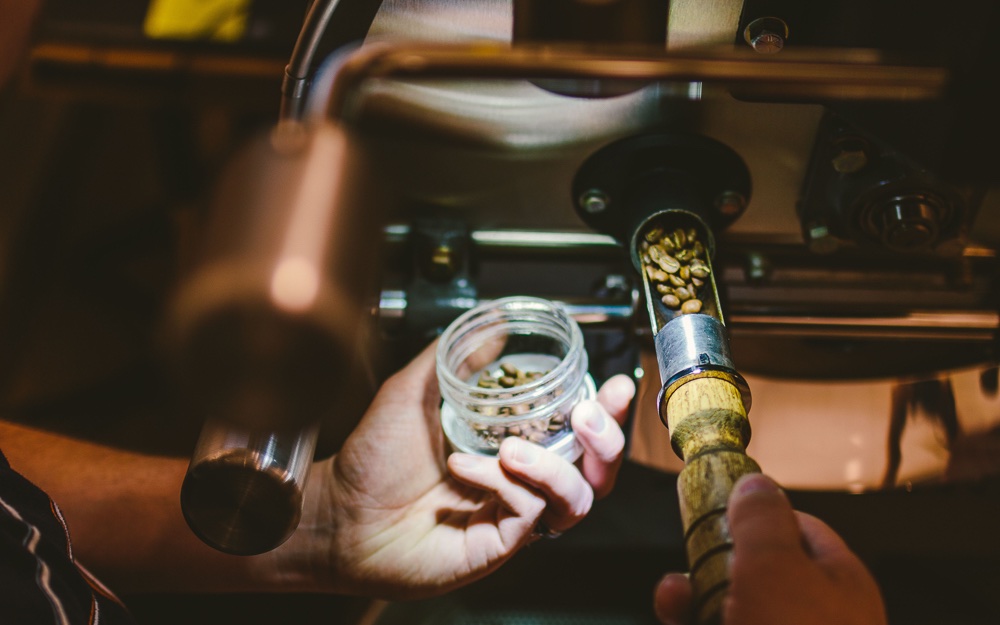
How do you develop a roast profile for espresso?
Once a roaster has sourced their coffee to use as espresso, there is an element of trial and error involved in developing a specific roast profile. However, some of the main variables that roasters can experiment with are:
- Temperature
- Total roast time
- Colour of the beans (or Agtron measurements)
- Timing of “first crack”
“I monitor how the coffee behaves during the roasting process,” Ghilyon tells me. “I check the colour and temperature changes regularly, and also consider total roast time.
“Most importantly, however, you have to taste your coffee,” he adds. “If you don’t enjoy the coffee while cupping it or it doesn’t extract in the right way, what is it that you don’t like? And how can you improve it? You need to analyse the data and then continue to experiment with different roast profiles.
“There are a number of factors to consider when developing a roast profile, but we are primarily looking for consistency, so we tend to keep things simple,” Ghilyon continues.
No matter their approach, roasters need to make sure their roast profiles result in the optimal level of solubility for espresso extraction. Essentially, more soluble coffees can be extracted more quickly. And given that most espresso is extracted between 25 and 45 seconds, a higher level of solubility is especially important.
To achieve this, you usually have to roast for longer to create a more developed (or “medium”) roast profile. When not managed correctly, however, Kaapo notes that the risk of creating unpleasant “roasty qualities” can increase.
For more experienced and skilled roasters, he emphasises that using high-quality equipment helps to prolong roast profiles without sacrificing any of the coffee’s inherent flavour characteristics.
Do certain roast profiles work better for espresso?
Considering that solubility is key to extracting excellent espresso, it is recommended to use a more developed roast profile.
“I think there is a more preferred profile for espresso compared to filter coffee,” Ghilyon says. “Medium roast profiles result in more balanced acidity and allow you to extract more of the coffee’s flavours and aromas [in a shorter period of time].”
Kaapo explains how roasters can use Agron spectrophotometers to measure roast profiles, which use infrared light to determine roast profile. For instance, the higher the Agtron number, the lighter the roast profile.
“Using similar roast profiles, try to match Agtron numbers for one particular coffee,” he suggests.
However, while Agtron measurements help to ensure consistency, they don’t always indicate the optimal espresso roast profile for a specific coffee. To achieve the best results, roasters need to account for other variables, too.
Blends vs single origins
In recent years, single origins have become popular options for espresso. However, many roasters prefer to use blends – mostly because they result in more overall balance and well-rounded flavour profiles.
But does this make a difference to how you should roast these coffees?
“It’s mostly a matter of mixing the different coffees to create the blend, [rather than using a different roast profile],” Kaapo says.
Any blend contains at least two different types of coffee – such as origin, variety, or processing method, for instance. Roasters will usually blend each component separately to achieve the right solubility level, and then mix post-roasting.
“We roast coffee for maximum flavour,” Kaapo explains. “So if we have the best possible roast profiles for two specific coffees, we can blend them together using a certain ratio and find the ‘sweet spot’ where they complement one another.”
However, over the past few years, a growing number of roasters have started to use more developed roast profiles for milk-based espresso beverages. Essentially, these roast profiles ensure that the coffee’s flavours are expressed in a way which is complementary to the natural sweetness and creaminess of milk.
Furthermore, some roasters may wish to avoid using certain origins or processing methods for milk-based espresso beverages. For example, Ethiopian or Kenyan coffees tend to be brighter and have more floral and fruity flavours, and are therefore best when roasted to lighter profiles – which may not pair well with milk.
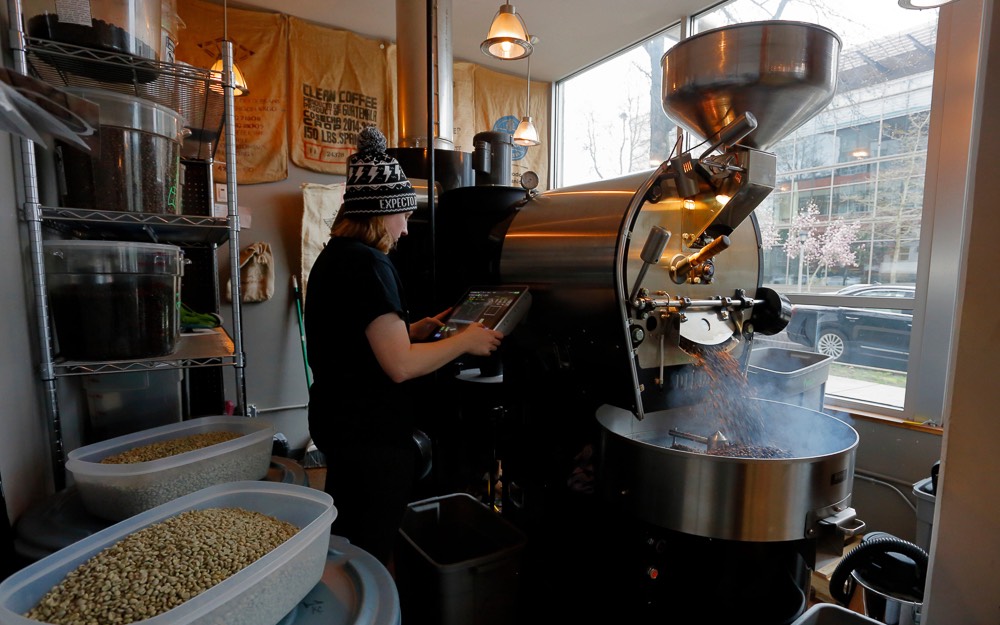
Tips for tweaking roast profiles for espresso
Ghilyon emphasises the importance of experimenting with different roast curves to achieve different results, and ultimately find what works best.
“You can change the charge temperature (the reading on the drum once the beans are added), develop the coffee for longer or shorter periods of time, or experiment with timings for the Maillard reaction,” he says.
This term refers to a series of chemical reactions between amino acids and sugars in the beans, which causes them to “brown” and release flavours and aromas. In coffee roasting, the Maillard reaction is the time between when the beans start to turn yellow and when first crack takes place – the moment in which pressure builds up inside the beans and causes them to irreversibly expand.
All about taste
In the end, there is no one-size-fits-all approach to finding the best roast profile for espresso. However, Kaapo tells me that cupping and tasting coffees as much as possible is essential.
“You need to taste different roast profiles for one particular coffee – as well as for many other coffees, too,” he explains.
For less experienced roasters, this can be challenging at first. However, with plenty of practice, the process can become more straightforward.
“It can be difficult to achieve consistent results every time, but if we continue to maintain quality across the supply chain, then we can provide a dependable and reliable experience for our customers,” Ghilyon concludes.
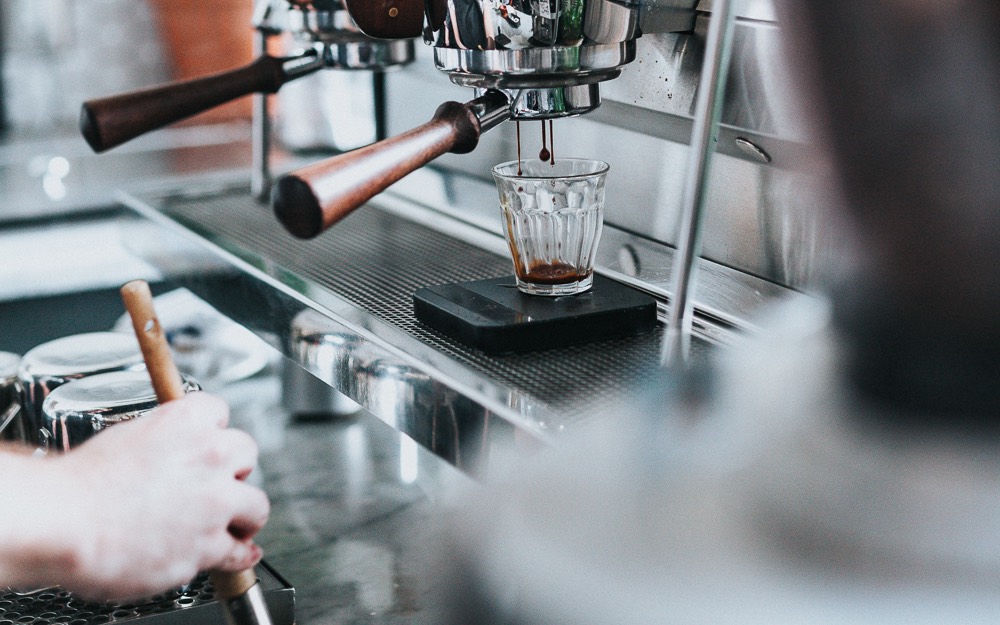
In roasteries and coffee shops the world over, developing roast profiles for espresso has been common for some time now. Not only do these roast profiles ensure a more balanced sensory profile, they also help to elevate overall beverage quality.
Every roaster will have their own approach, but one of the most important factors to keep in mind is the needs of their customers – and knowing how to cater to them accordingly.
Enjoyed this? Then read our article on what’s the future for espresso.
Perfect Daily Grind
Want to read more articles like this? Sign up for our newsletter!
The post A guide to roasting specialty coffee for espresso appeared first on Perfect Daily Grind.
By: Tim ChoiTitle: A guide to roasting specialty coffee for espresso
Sourced From: perfectdailygrind.com/2023/07/roasting-specialty-coffee-espresso/
Published Date: Mon, 31 Jul 2023 05:28:00 +0000



